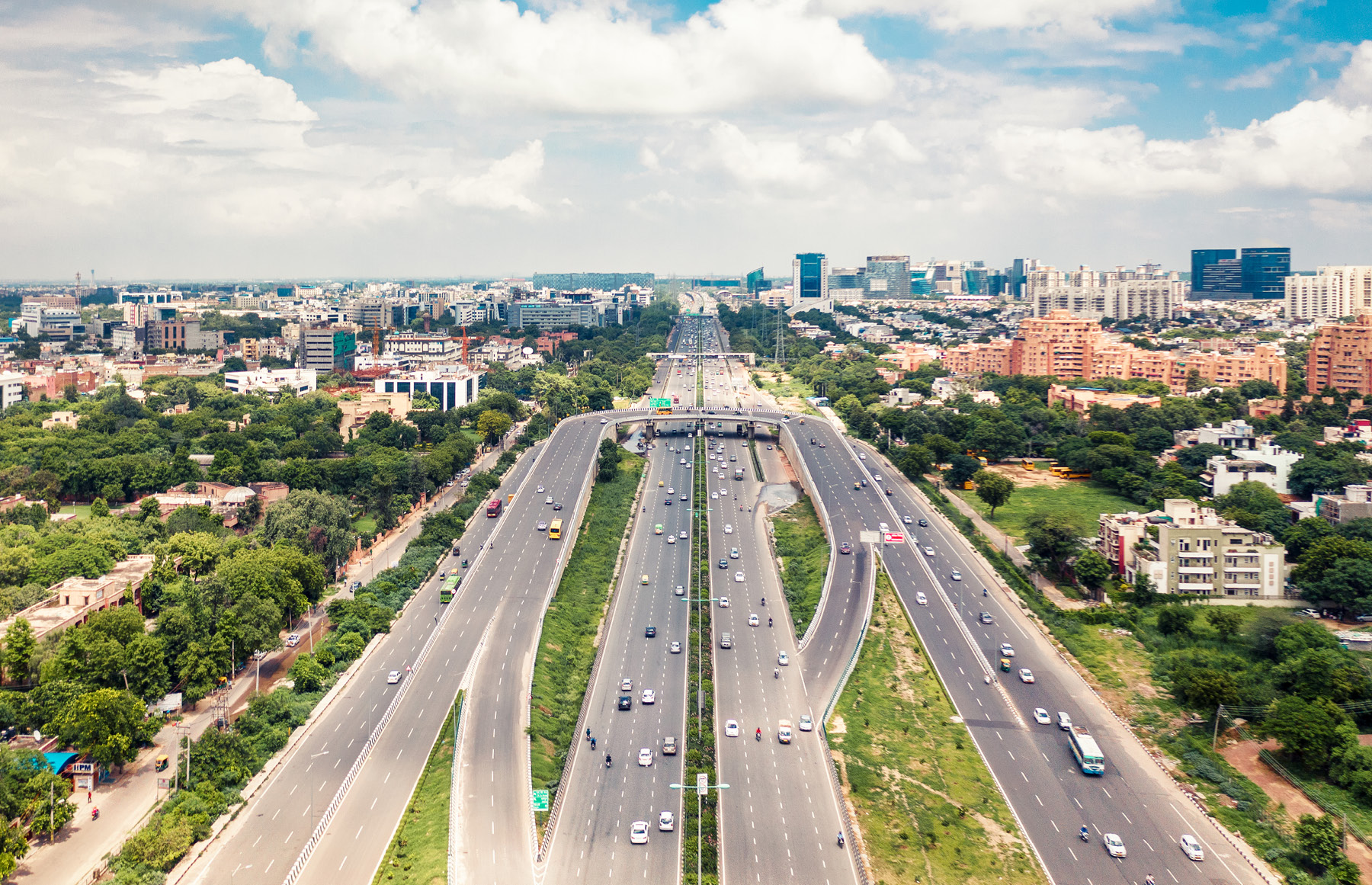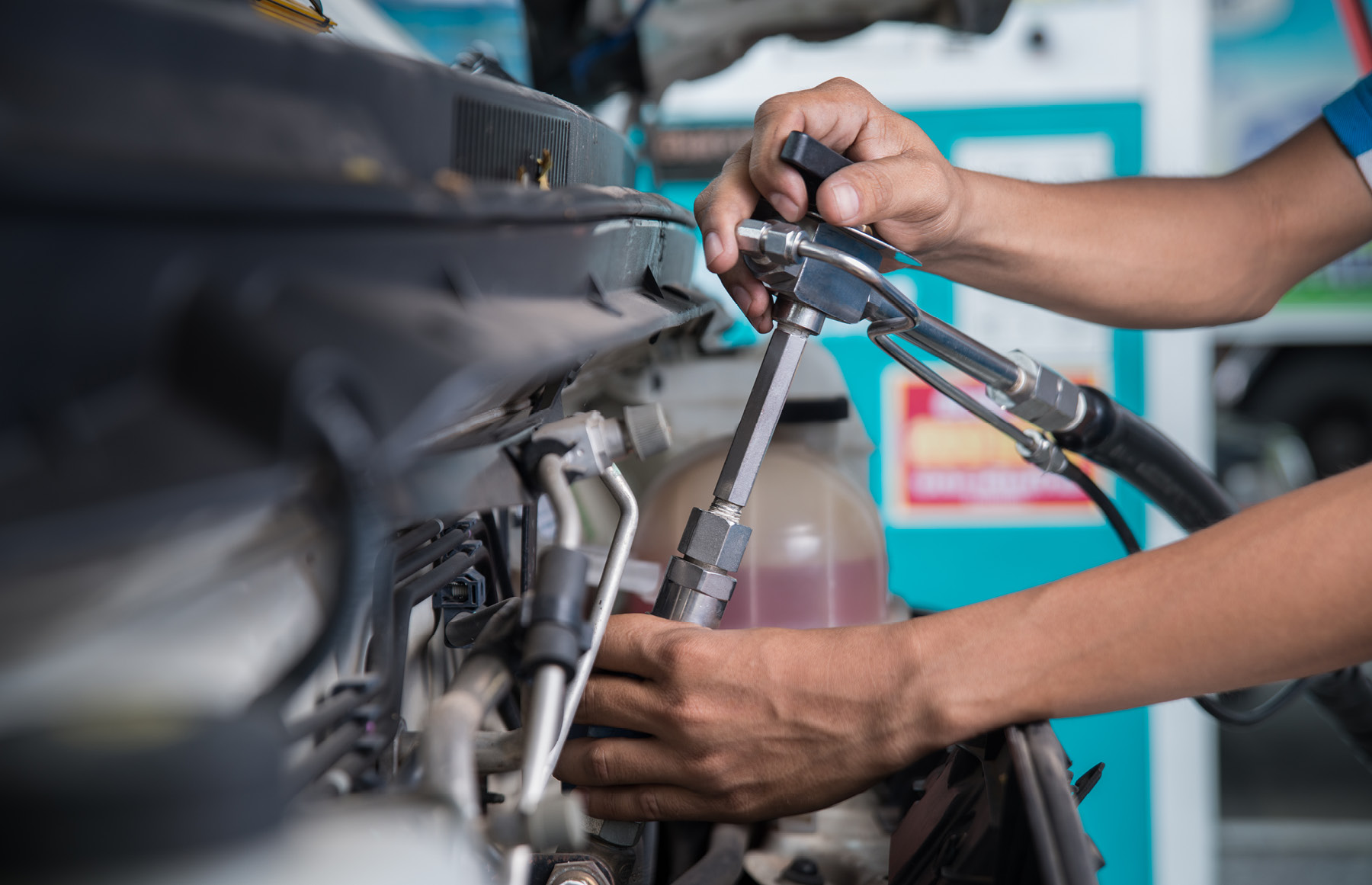Language
You can read the magazine in one of the following languages
Geolocation
You can read the global content or the content from your region

Indraprastha Gas Limited’s (IGL) Asit Kumar Jana believes increasing sales volume is the key focus area for success within his organisation. “I’m in the retail sector,” he explains to The CEO Magazine. “So my target is to do business not just on margin but also on volume, to ensure availability through expansion of infrastructure, affordability and with a customer-centric approach.”
It’s been a tricky two years since joining IGL as Managing Director in June 2020, and that’s not just because of the COVID-19 pandemic. There’s also the growing prevalence of electric vehicles and the advent of alternate power sources such as hydrogen that have made reviewing the natural gas distributor’s strategy in the transport sector – its largest business segment – a pressing priority.
“My initial reaction was that we should try to increase the number of vehicles that are powered by compressed natural gas,” Asit says. “Once vehicles are getting converted to CNG they stay with us for up to 15 years.” He says he’s gone directly to the source, working with manufacturers such as Maruti, Tata, Skoda, Hyundai and Kia, to increase the base of compressed natural gas (CNG)-powered vehicles.

“Even just a decade ago, your eyes would burn like anything coming up from the railway station early in the morning, because the air quality was so bad.”
Asit is also in communication with long-haul transport manufacturers, such as Volvo-Eicher, Ashok Leyland and Tata, as a constant voice in their ear reminding them of the benefits of CNG conversion. “Prior to COVID-19, around 4,000–5,000 vehicles were being converted to CNG per month,” he says. “Today it is around 16,000–18,000.” It’s a figure he expects to be boosted to as much as 25,000 per month once the government allows Bharat Stage 6 engines to undergo conversion to CNG.
Add to this the company’s new partnerships with state transport corporations, such as Uttarakhand Transport Corporation, to supply long-haul CNG buses to replace existing fleets of diesel-run equivalents, and Asit says he’s already overseen a 26 per cent growth in the volume of sales in CNG, compared to pre-COVID levels.
Of course, even the best-laid plans meet obstacles; unsurprisingly, the most important currently being the rising price of gas across all its sectors. “There’s also the question of how fast we can move to create the infrastructure for CNG stations,” Asit says, particularly given the time-intensive nature of CNG refuelling, where passengers are required to leave the vehicle for safety reasons. “We currently have around 700 CNG stations, with 450 of them in Delhi,” he continues. “And we’re in the process of building another 150 in the city.”
Then there’s the potential offered by new markets, especially two-wheeled vehicles. “In Delhi alone, there are around 75 lakh [7.5 million] two-wheelers, so we’ve thought about how we can approach that opportunity,” Asit explains.
The answer lies in the battery charging points now being rolled out across its CNG stations. “We have created a standardised battery that can be used across all vehicles,” he continues. While IGL retains ownership of the equipment, the end-user needs only buy the energy that IGL supplies.

The company has come a long way from its beginnings in 1998. A three-way partnership between GAIL(I) (formerly known as Gas Authority of India Limited), Bharat Petroleum and the Government of the National Capital Territory of Delhi, its initial mandate was to take over the Delhi City Gas Distribution Project from GAIL(I) in 1999 and lay the pipes to supply domestic, commercial and transport consumers – a trio of categories that remain its core customers today.
“IGL was born to fight the persistent pollution problem in Delhi,” Asit explains. “Even just a decade ago, your eyes would burn like anything coming up from the railway station early in the morning, because the air quality was so bad.” Today there are no such problems, thanks to the CNG supplied by IGL across a network that spans over 17,000 kilometres underneath the NCR. “We no longer feel like that, because it’s totally clean. Delhi is surviving because of IGL,” he says.

“We trained our contractors to work with personal protective gear on so as to ensure the domestic supply as well as the CNG, our team even provided food to customers who were in quarantine/home isolation.”
On that premise alone, IGL has fulfilled its mission – but there’s no chance of the company stopping there. “We used to work only in the NCR, but now we are expanding into other cities,” he says. These include Ajmer, Pali and Rajsamand districts in Rajasthan; Meerut, Kanpur, Fatehpur, Hamirpur, Banda, Mahoba and Chitrakoot in Uttar Pradesh; and Rewari, Gurugram, Karnal and Kaithal in Haryana. “As we have grown our business area, we have placed our human resources accordingly and increased our manpower,” he says.
These new regions are not only opening up to more environmentally friendly fuel alternatives, they are also able to do business with the most reliable supplier in the market. “Among customers and utility circles IGL is known for its network reliability and uninterrupted supply,” Asit says. “Even during the pandemic, when the general public was fearful and only minimum essential services were available, IGL was at the forefront to comfort our customers,” he adds.
“We trained our contractors to work with personal protective gear on so as to ensure the domestic supply as well as the CNG, our team even provided food to customers who were in quarantine/home isolation.” There’s a trust that people have in the IGL name and this, he says, is part of what sets it apart in the market.

“IGL also stands for integrity, good governance and loyalty. I know, combined, we will take this company to even higher heights.”
Asit brings over three decades of industry experience to the role; he comes to IGL from Gail Gas where he was CEO. And it’s this background that has allowed him to hit the ground running and achieve such impressive early results. Prior to that, as Chair of Ratnagiri Gas and Power Private Limited he was instrumental in the turnaround of Enron’s stranded assets of Dhabhol’s liquefied natural gas plant.
As he looks towards tomorrow’s success, he says he is asking his employees for three things: “IGL also stands for integrity, good governance and loyalty,” he says. “I know, combined, we will take this company to even higher heights.”